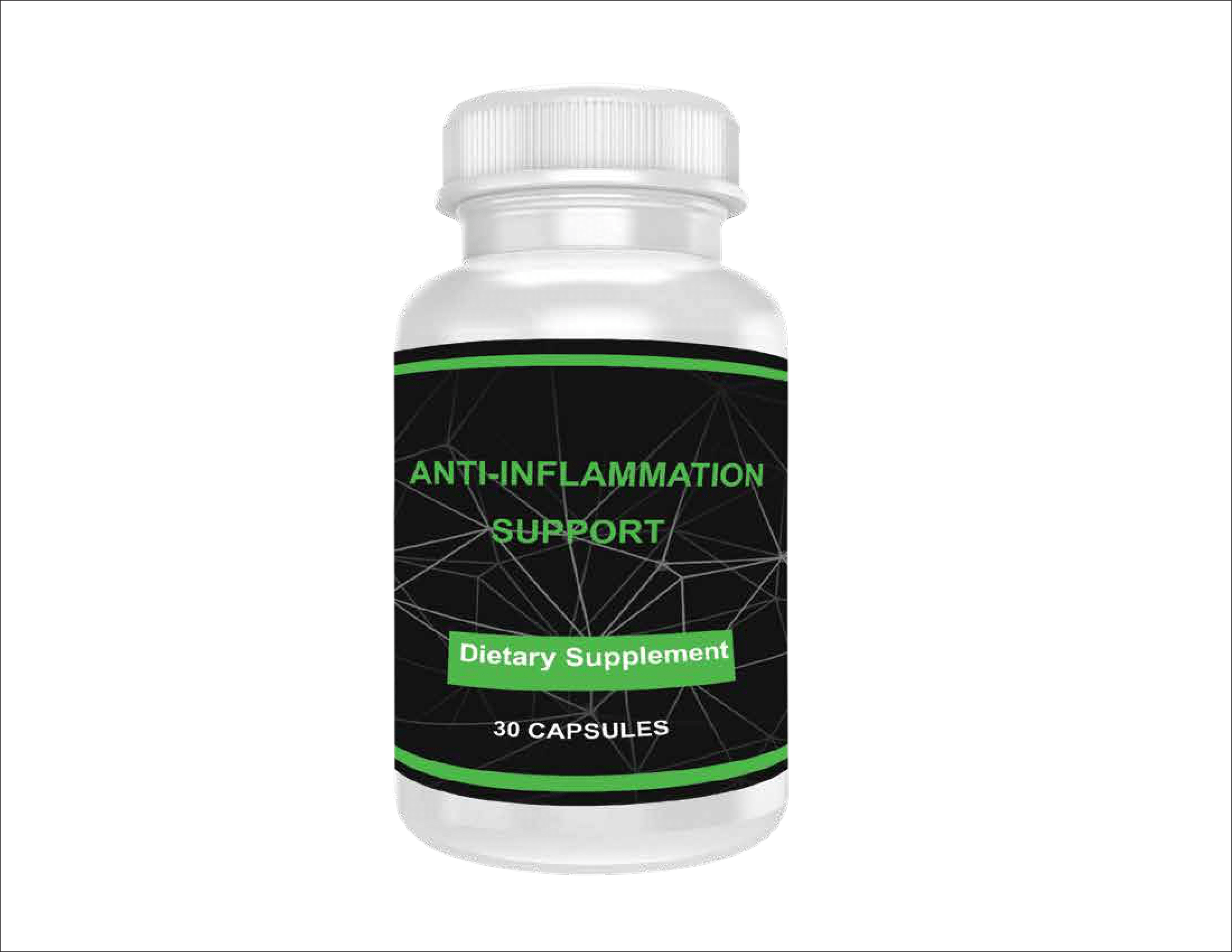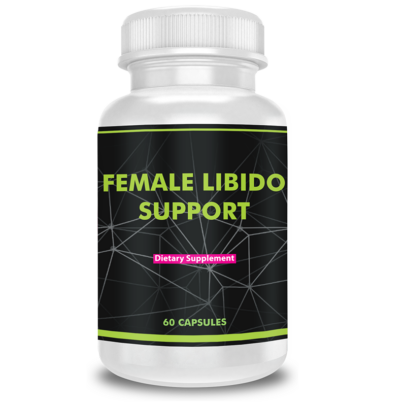Description
Ingredients: turmeric, ginger, black pepper, cayenne


Ingredients of Liposomal Anti-Inflammation Support
TURMERIC
Turmeric, scientifically known as Curcuma longa, belongs to the ginger family Zingiberaceae and is a perennial, rhizomatous, herbaceous plant indigenous to the Indian subcontinent and Southeast Asia. Beyond its culinary appeal as a flavorful spice, turmeric has a rich history in traditional medicine, specifically in Ayurvedic and Chinese practices, where it has been employed to address inflammatory conditions, skin diseases, wounds, digestive issues, and liver conditions. Due to the potential anti-inflammatory properties of curcumin and other compounds in turmeric, it is commonly utilized in treating conditions involving pain and inflammation, with a notable application in managing osteoarthritis. Additionally, turmeric finds use in addressing diverse health concerns, including hay fever, depression, and alleviating itching.
GINGER
Derived from a flowering plant originating in Southeast Asia, ginger serves as a flavorful addition to both sweet and savory dishes while offering a diverse array of health benefits. Belonging to the Zingiberaceae family and closely related to turmeric, cardamom, and galangal, ginger is notable for its high content of gingerol, a compound renowned for its potent anti-inflammatory and antioxidant properties. Ginger has been identified as potentially beneficial in treating symptoms associated with both rheumatoid arthritis and osteoarthritis. Its chemical components contribute to the body’s defense against germs, inhibiting the growth of bacteria such as E.coli and shigella, and may also have a protective effect against viruses like RSV. Over time, ginger has demonstrated potential in alleviating soreness from muscle pain and aches. The bioactive molecules in ginger exhibit potential in impeding the growth of certain cancers, including colorectal, gastric, ovarian, liver, skin, breast, and prostate cancer. Ginger’s antioxidant compounds play a crucial role in preventing stress-induced damage to the body’s DNA, empowering it to combat chronic diseases like high blood pressure, heart disease, and lung conditions, while also contributing to healthy aging. Additionally, ginger proves effective in relieving indigestion, further contributing to its multifaceted role in enhancing overall well-being
BLACK PEPPER
Cultivated for its dried fruit, which serves as a widely used spice and seasoning, black pepper is a flowering vine belonging to the Piperaceae family. Originating from the Malabar Coast of India, it is extensively cultivated in tropical regions, particularly for Malabar pepper. Black pepper is notably abundant in piperine, a potent antioxidant known for its potential in preventing free radical damage to cells. Its properties extend to aiding in the reduction of inflammation, supporting blood sugar control, and promoting brain health.
CAYENNE
Cayenne pepper, scientifically labeled as Capsicum annuum, belongs to the Solanaceae plant family, sharing kinship with other members like tomatoes, eggplants, and potatoes. Classified as a chili pepper variety, cayenne peppers exhibit a moderately hot and spicy flavor. Their close botanical relations include jalapeño and bell peppers. Within culinary landscapes, they hold significance in Southwestern American, Mexican, Cajun, and Creole cuisine. These peppers are commonly used in powdered form for seasoning and also feature whole in Asian cuisines like Korean and Sichuan. Beyond gastronomy, cayenne pepper finds application in traditional Chinese and Ayurvedic medicines. It’s harnessed to address circulatory issues and is recognized for its active component, capsaicin, which contributes to the pepper’s spiciness. Capsaicin is frequently integrated into topical preparations for muscle and joint discomfort. In home remedies, cayenne pepper is used to alleviate coughs, congestion, and cold symptoms. Its potential extends to reducing pain and tenderness associated with osteoarthritis. The antibacterial properties of capsaicin offer protection against Streptococcus pyogenes bacteria, which leads to skin and soft tissue infections such as impetigo and cellulitis. Additionally, capsaicin stimulates the body to produce more heat, contributing to a minor metabolism boost that leads to burning slightly more calories. It activates stomach nerves that signal for defensive mechanisms against injuries. The pepper also aids digestion by promoting increased production of digestive fluids and facilitating enzyme transport to the stomach. Furthermore, it provides an added layer of stomach protecting against infections. Research suggests that capsaicin exhibits the ability to slow cancer cell growth and potentially eliminate certain types of cancer cells, including those associated with prostate, skin, and pancreatic cancer.





Reviews
There are no reviews yet.